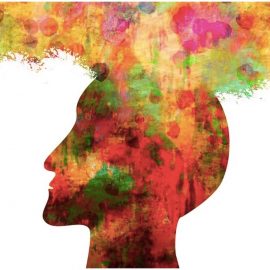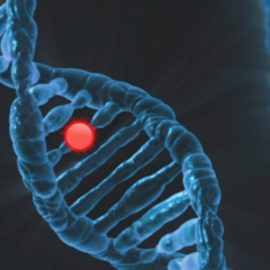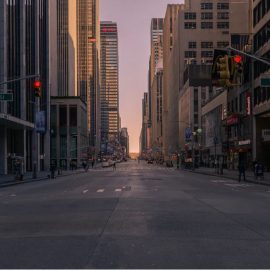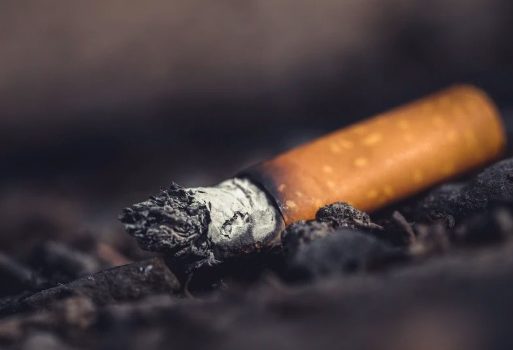
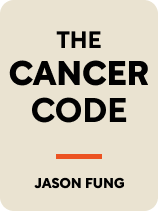
This article is an excerpt from the Shortform book guide to "The Cancer Code" by Jason Fung. Shortform has the world's best summaries and analyses of books you should be reading.
Like this article? Sign up for a free trial here.
Can cancer be passed down genetically? To what extent is cancer hereditary? And if bad genes don’t cause cancer, what does?
Contrary to a common misconception, cancer can’t be directly passed down to offspring (although various genes do make certain types of cancer more likely). According to Dr. Jason Fung, cancer is almost always the result of environmental factors called carcinogens—literally, “tumor creators.”
Here’s how carcinogens cause cancer and drive its growth.
Carcinogens and Cancer
The list of known carcinogens is enormous and constantly growing. Some of the best-known carcinogens include tobacco, asbestos, and radiation (such as x-rays or UV radiation from the sun). Others include soot and wood dust, certain drugs, and even some pathogens such as the Rous sarcoma virus and human papillomavirus (HPV). The common thread between all of these carcinogens is that they damage or destroy cells. Sometimes the body fixes that damage incorrectly, causing slight changes in the genetic material—in other words, mutations.
(Shortform note: Despite carcinogens being so common and numerous, determining whether any given substance is carcinogenic is a difficult process. Biologists can test carcinogens directly on tissue samples in the laboratory, but they generally use very high doses of the substance to make the results more obvious. This means that lower levels of exposure might not be harmful at all—for example, we know that soot and smoke can cause cancer, but that doesn’t mean that sitting around a campfire is dangerous. Another method is for epidemiologists to look for areas with unusually high rates of a particular cancer, then look for unique environmental factors that could be causing it. Numerous different agencies are needed to research possible carcinogens and to review the results of such research.)
Many of these mutations are harmless, and your body’s natural defenses usually identify and destroy any mutations that arise. However, over time and with repeated damage to the cells, it becomes more likely that at least one of those mutated cells will turn cancerous. In short, every time the body has to repair itself (for any reason), there’s a very small chance that those repairs will produce malignant cells.
(Shortform note: Since the odds of any given cell turning malignant are so low, it might seem strange that cancer is as common as it is today. However—as Fung says in a later chapter—even under normal conditions, the human body produces around ten billion new cells every day. Damage from carcinogens further increases that number. Therefore, cancer is what statistician Nassim Nicholas Taleb would call a Black Swan: an event that, while extremely rare and impossible to predict, is very likely to happen eventually. Furthermore, Black Swans tend to have enormous effects when they do arise—like how most mutations have minimal impact on a person’s health, but cancer’s specific mutations lead to a devastating and fatal disease.)
The good news, according to Fung, is that knowledge of how carcinogens cause cancer is the best weapon we have in the fight against cancer, as well as the easiest one to use. After all, it hardly matters what specific cancer-causing mutations UV radiation produces, or how to treat the disease those mutations cause, if we just wear sunscreen to make sure that damage doesn’t happen in the first place.
(Shortform note: Fung’s insistence that preventing cancer is more effective than curing it isn’t just hypothetical; there are many studies showing how cancer rates decrease when carcinogens are more strictly controlled. For example, rates of lung cancer in the US decreased sharply after tobacco companies were forced to stop airing commercials on television, and mesothelioma rates saw a similar decline with increased regulations on asbestos. Of course, it’s common sense that reduced exposure to carcinogens results in lower rates of cancer, but it’s reassuring to see hard data bearing out that logic.)

———End of Preview———
Like what you just read? Read the rest of the world's best book summary and analysis of Jason Fung's "The Cancer Code" at Shortform.
Here's what you'll find in our full The Cancer Code summary:
- A guide on what cancer is and how it works
- A deep dive into the three different models of cancer
- Why there is hope for the future of cancer treatments


